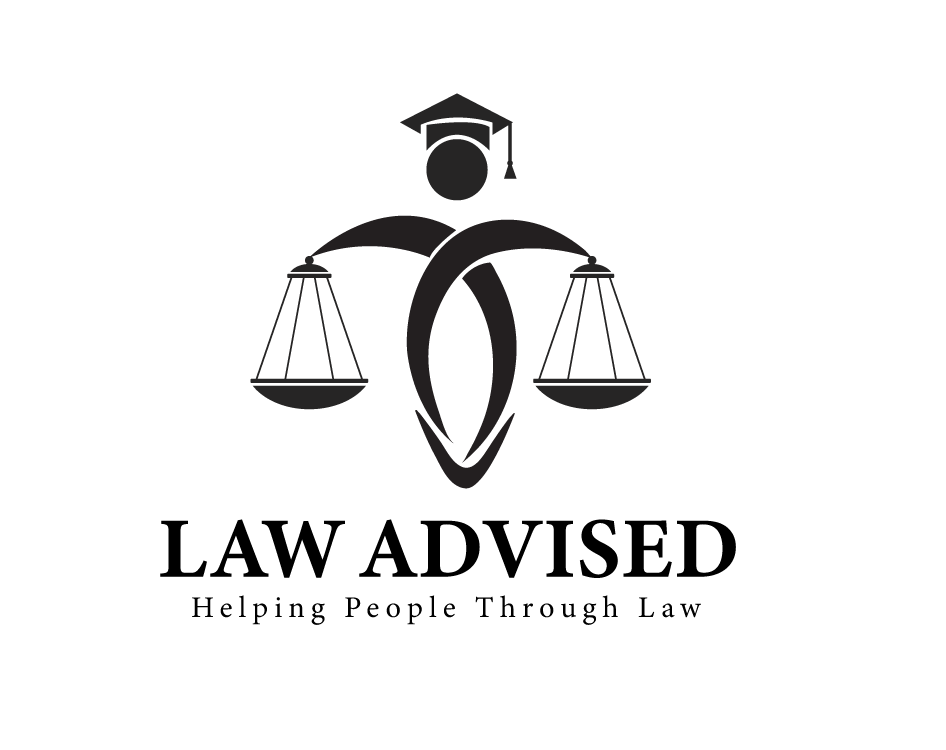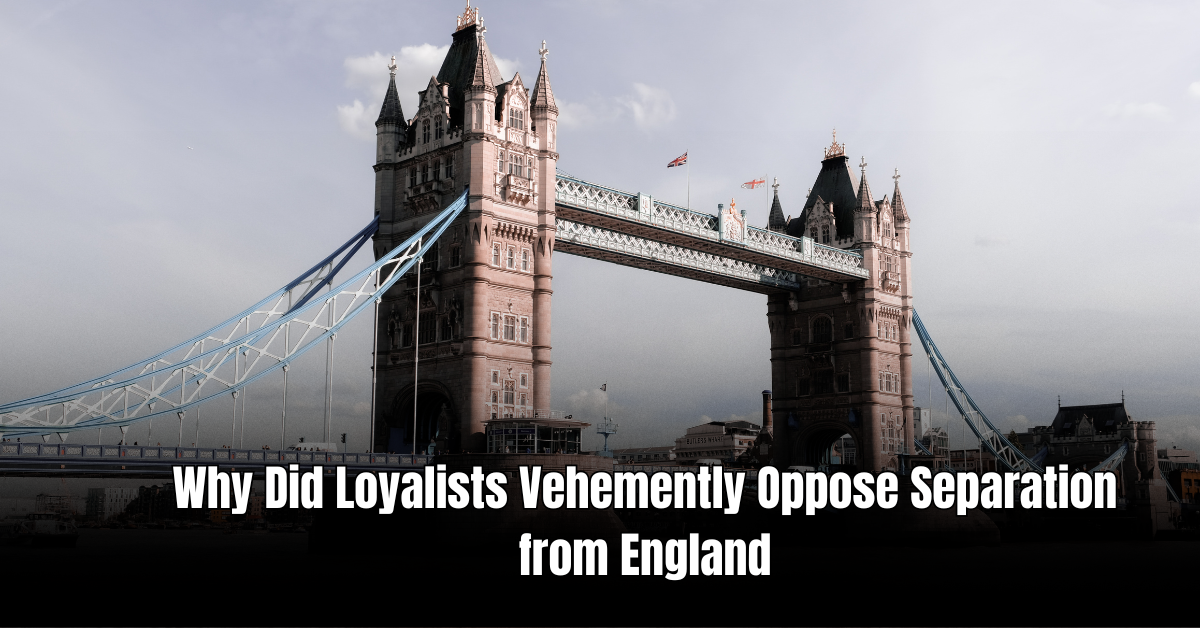The Separation of Church and State is not explicitly stated in the Constitution of the United States. The concept of the Separation of Church and State has been a fundamental principle in American governance, ensuring that no single religion is favored or established by the government.
While the phrase itself is not found in the Constitution, its principles can be traced back to the First Amendment, which prohibits the establishment of a state religion and guarantees the freedom of religion. This principle has been continually interpreted by the courts and is widely seen as a cornerstone of American democracy.
Understanding the origins and implications of the Separation of Church and State is essential in recognizing the importance of religious freedom and the role of government in a pluralistic society.
Understanding The History And Context
Understanding the historical background of the separation of church and state is crucial to grasping its significance in the Constitution. The Founding Fathers engaged in intense debates on religious freedom, with differing views on the relationship between church and state. These discussions shaped the idea of keeping them separate.
The First Amendment of the Constitution guarantees the freedom of religion, stating that “Congress shall make no law respecting an establishment of religion, or prohibiting the free exercise thereof.” This phrase emphasizes the Founders’ intention to create a government that remains neutral regarding religious matters.
The separation of church and state serves as a safeguard, preventing the government from infringing upon religious freedom or favoring any particular faith. It ensures that individuals have the right to practice their beliefs without interference or coercion from the state.
The Constitutional Interpretation Debate
| Different interpretations of the phrase “separation of church and state” |
|---|
|
1. Some argue that the phrase “separation of church and state” is explicitly stated in the First Amendment of the United States Constitution. 2. Others interpret it as a broader concept aimed at preventing government interference in religious matters and protecting religious freedom. 3. There are those who believe that the phrase represents a historical tradition of keeping religious and governmental institutions separate. |
| Historical court cases that have shaped the interpretation |
|---|
|
1. Engle v. Vitale (1962): The Supreme Court ruled that school-sponsored prayer violated the Establishment Clause of the First Amendment. 2. Lemon v. Kurtzman (1971): The Court established the Lemon test, which determines the constitutionality of laws regarding religious establishment. 3. Masterpiece Cakeshop v. Colorado Civil Rights Commission (2018): The Court weighed religious freedom against anti-discrimination laws. |
| Arguments for and against incorporating religion in governmental affairs |
|---|
|
1. Proponents argue that religion provides a foundation for morality and ethical decision-making, which can positively influence governance. 2. Critics argue that mixing religion and government erodes the principle of religious neutrality and can lead to discrimination, favoritism, or the exclusion of non-religious individuals. 3. Some believe that religious values and principles can appropriately inform public policy debates, while others advocate for a complete separation to ensure equal treatment for all citizens. |
Examining The First Amendment
The First Amendment of the United States Constitution plays a vital role in safeguarding the religious and individual rights of its citizens. The Establishment Clause, as a cornerstone of separation of church and state, prohibits the government from establishing or promoting any specific religion. This clause ensures that no particular faith receives preferential treatment in public institutions. The implications of the Establishment Clause are far-reaching, as it helps foster a society that upholds religious freedom for all.
Equally important within the First Amendment is the Free Exercise Clause. While citizens are guaranteed the right to freely exercise their religion, there are limitations. The government can restrict religious practices if they pose a threat to public safety or infringe upon the rights of others. This balancing act between protecting individual rights and safeguarding the public interest can often lead to legal complexities and debates.
Overall, the First Amendment provides a framework for ensuring the separation of church and state while safeguarding individual religious freedoms. It serves as a reminder of the delicate balance needed to uphold constitutional principles and protect the rights of all citizens.
The Role Of Supreme Court In Defining Church-state Relations
The Role of Supreme Court in Defining Church-State Relations
The Supreme Court has played a pivotal role in defining and shaping the relationship between church and state in the United States. Numerous landmark decisions have established legal principles regarding religion in public life, emphasizing the concept of separation of church and state.
Notable Supreme Court decisions on the separation of church and state include Engel v. Vitale (1962), which struck down state-sponsored prayer in public schools, and Lemon v. Kurtzman (1971), which introduced the Lemon test to determine compliance with the Establishment Clause. Another significant case is Edwards v. Aguillard (1987), where the Court held that teaching creationism in public schools violated the Establishment Clause.
These decisions have had a profound impact on the separation of church and state, providing guidance on issues such as religious displays on public property, government funding of religious institutions, and religious activities in public schools. The evolving legal principles have helped strike a delicate balance between protecting religious freedom and preventing government endorsement or establishment of religion.
Misconceptions And Common Myths
The Constitution does not explicitly mention the phrase “separation of church and state. ” However, the First Amendment establishes the principle of religious freedom, preventing the government from establishing a national religion or interfering with individuals’ religious practices.
Debunking Popular Misconceptions About Church-state Separation
There are several misconceptions and myths surrounding the issue of separation of church and state in the Constitution. One common argument is that the phrase “separation of church and state” is explicitly mentioned in the Constitution. However, this is not correct. The phrase itself does not appear in the Constitution, but rather originates from a letter written by Thomas Jefferson. Despite this, the principle of church-state separation is widely recognized and upheld by the courts. Another misconception is that the separation of church and state means the complete exclusion of religion from public life. This is also untrue. The separation of church and state aims to prevent the government from establishing or favoring a particular religion, while still allowing individuals to freely practice their religion. Additionally, some argue that the separation of church and state leads to a removal of religious influence from society, undermining moral values. However, this is a misconception as well. The separation of church and state does not diminish the importance of individual or collective religious beliefs, but rather ensures that the government remains neutral in matters of religion. In conclusion, the concept of separation of church and state is often misunderstood. It is important to separate fact from fiction in the debate, acknowledging that while the exact phrase may not be in the Constitution, the principle is crucial in maintaining religious freedom and preventing government interference in religious matters.
Current Challenges And Contemporary Issues
Is separation of church and state in the Constitution? In the United States, the concept of separating religious institutions from government was established with the First Amendment of the Constitution. However, recent court cases and contemporary issues have posed challenges to this principle.
In today’s society, the intersection between religion and politics has become a controversial topic. Church-state controversies have arisen in various contexts, such as prayer in schools, religious symbols in public spaces, and religious exemptions from certain laws. These issues have been brought before the courts, leading to significant implications.
Understanding and interpreting the First Amendment in relation to modern circumstances is essential. Recent court decisions have shaped the boundaries and limitations of the separation of church and state, often based on the principles of neutrality, nondiscrimination, and the protection of individual freedoms.
Navigating the delicate balance between religious liberty and government influence remains a challenge. It is crucial to acknowledge the complexities of the church-state relationship and find ways to address contemporary issues that align with constitutional principles and respect individual rights.
Balancing Religious Freedom And Governmental Neutrality
The Constitution does not explicitly mention the phrase “separation of church and state. ” However, it establishes the principle of governmental neutrality towards religion, allowing individuals to exercise their religious freedom while keeping the government from favoring or establishing any particular religion.
Society benefits from this delicate balance between religious freedom and governmental neutrality, promoting pluralism and safeguarding individual rights.
Examining The Tension Between Religious Freedom And State Neutrality
Religion has always played a significant role in society, raising questions about the relationship between church and state. Although the separation of church and state is not explicitly mentioned in the Constitution, it is a concept that has evolved over time.
The Founding Fathers aimed to strike a delicate balance between guaranteeing religious freedom and maintaining governmental neutrality. While the First Amendment prohibits the establishment of a national religion, it also protects the free exercise of religion.
Finding the middle ground in church-state relations is crucial. It is essential to respect and protect individual religious liberties without endorsing or promoting any specific faith. This ensures that the government remains neutral and does not favor one religion over others.
To achieve a balanced approach, several recommendations can be considered. These include:
- Clear guidelines: Establishing clear guidelines to determine when religious practices infringe upon the rights of others or become entangled in government affairs.
- Educational efforts: Promoting education that fosters religious tolerance and understanding, encouraging dialogue and respect for diverse beliefs.
- Case-by-case evaluation: Evaluating each church-state dispute on a case-by-case basis to ensure a fair and constitutional outcome.
- Open communication: Encouraging open communication between religious organizations and government entities to address potential conflicts early on.
By navigating the complexities of the separation of church and state, societies can strive to honor both the individual’s right to practice their religion freely and the government’s responsibility to remain neutral in matters of faith.
Frequently Asked Questions On Is Separation Of Church And State In The Constitution
Does The Constitution Guarantee The Separation Of Church And State?
The Constitution does not explicitly use the phrase “separation of church and state,” but it does protect religious freedoms.
What Does The Establishment Clause In The Constitution Mean?
The Establishment Clause prevents the government from establishing an official religion or favoring one religion over others.
Can Religious Symbols Be Displayed In Government Buildings?
Displaying religious symbols in government buildings can be constitutional as long as it does not endorse or favor a specific religion.
Does The Separation Of Church And State Restrict Religious Practices?
The separation of church and state does not restrict religious practices, as individuals are free to practice their faith as long as it does not infringe on others’ rights.
Can Religious Beliefs Influence Government Policies?
Religious beliefs can influence government policies, but policies must still adhere to the Constitution and not favor or impose any specific religion.
Is The Separation Of Church And State Always Upheld In Practice?
The extent to which the separation of church and state is upheld can vary depending on the interpretation and application of the Constitution by different individuals and institutions.
Conclusion
To sum up, the concept of separation of church and state is not explicitly mentioned in the Constitution. However, the First Amendment does protect the freedom of religion and prohibits the government from establishing a national religion. The interpretation of this principle has evolved over time, with courts striking a delicate balance between religious freedom and maintaining a secular government.
Understanding the historical context and the intentions of the Founding Fathers can provide valuable insights into the ongoing debates surrounding this issue. Ultimately, the evolving interpretation of the Constitution ensures that the separation of church and state is a vital safeguard for individual liberties in the United States.
Ismail Hossain is the founder of Law Advised. He is an Divorce, Separation, marriage lawyer. Follow him.




Leave a Reply